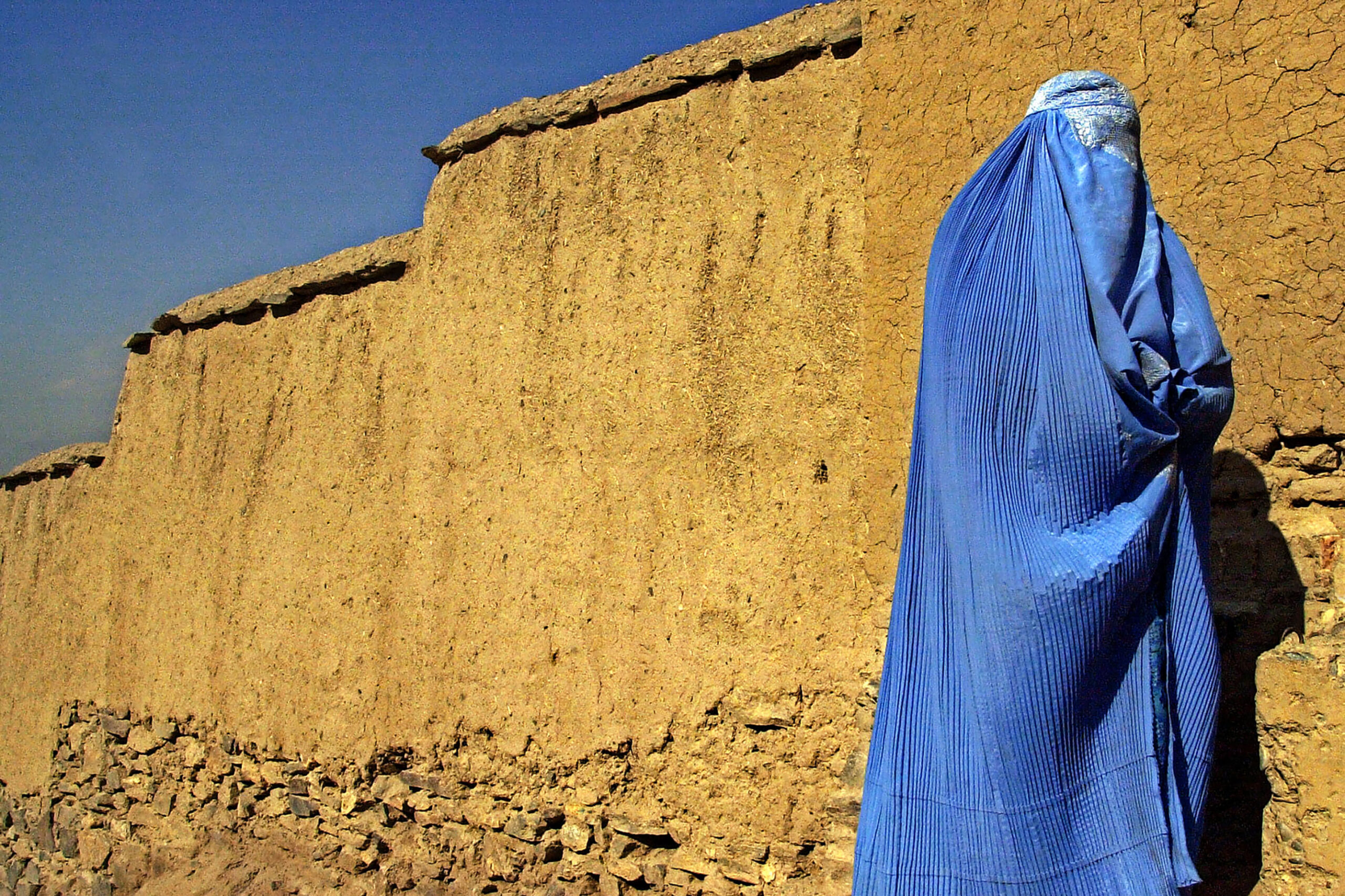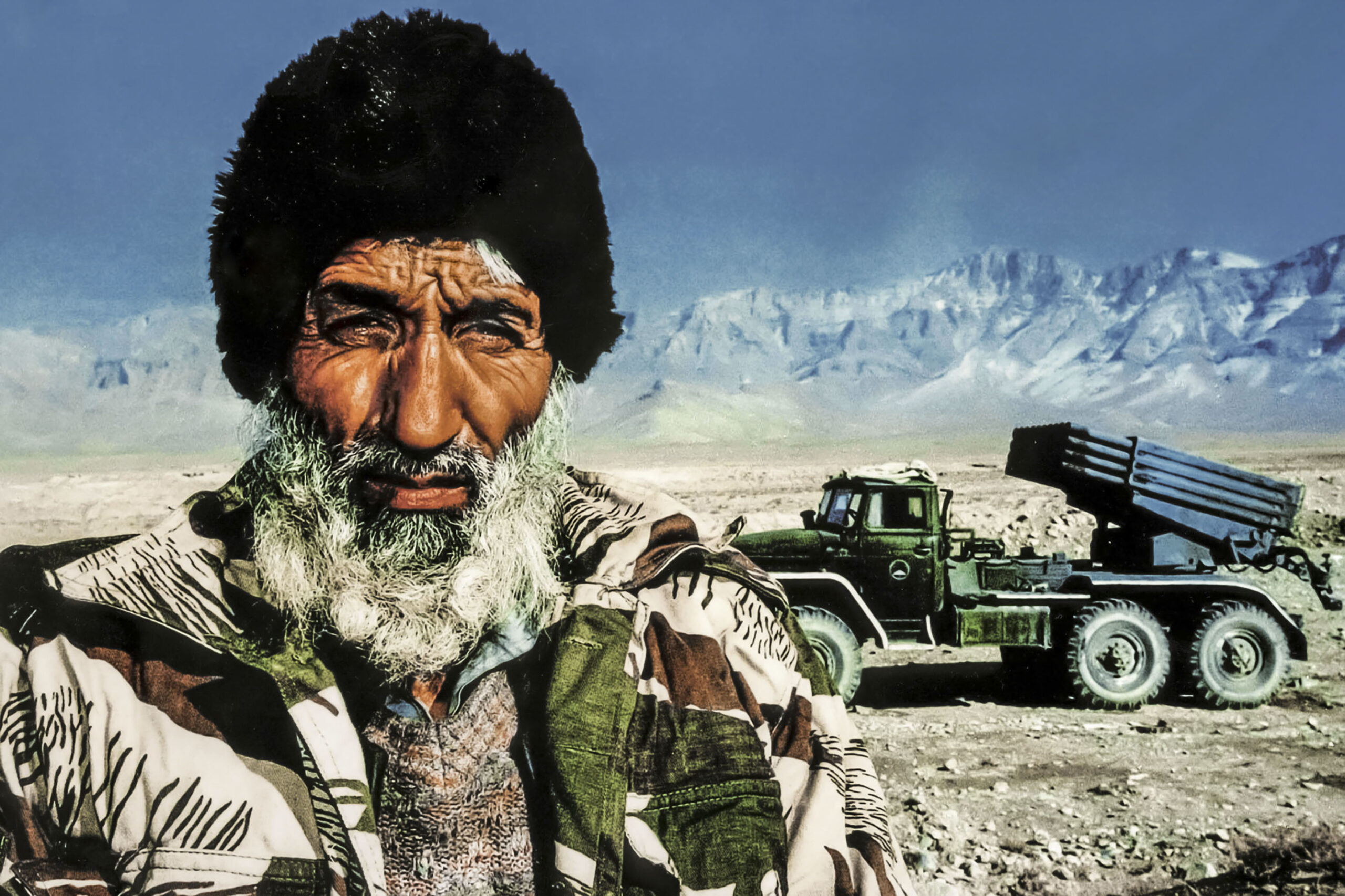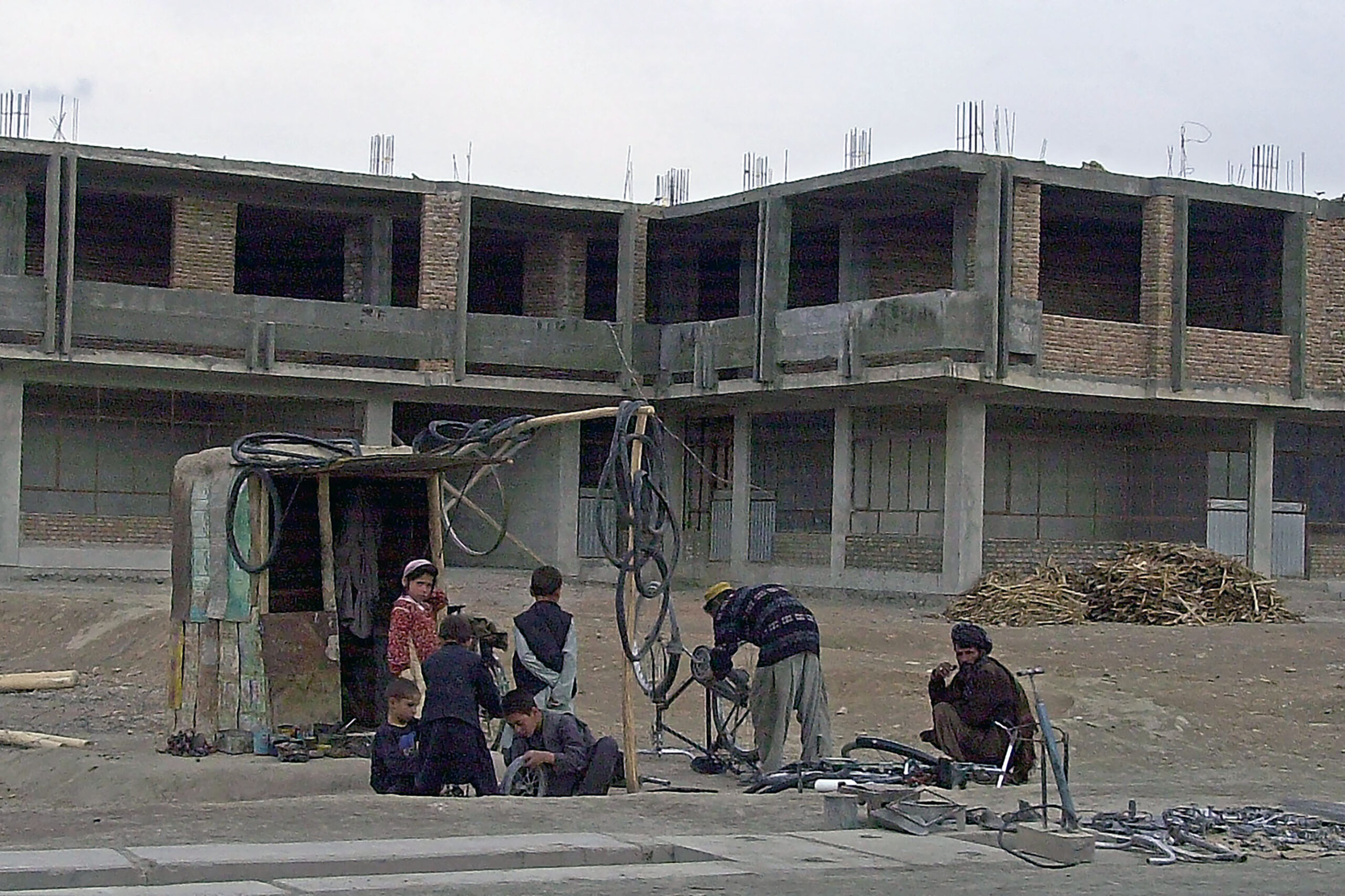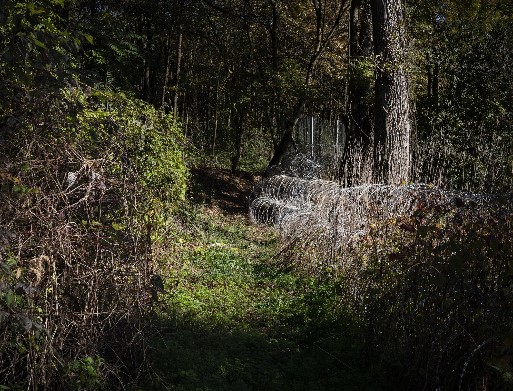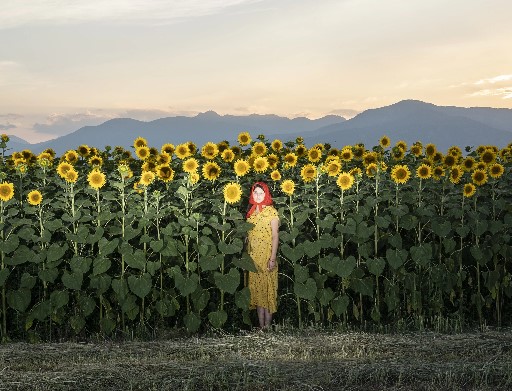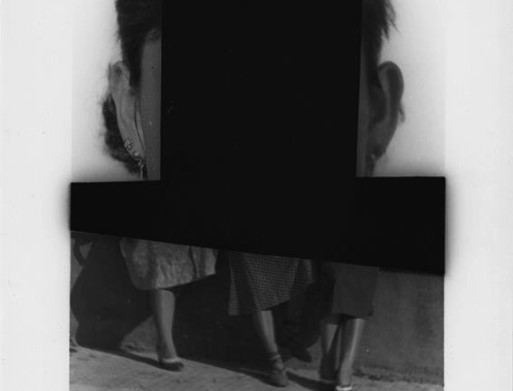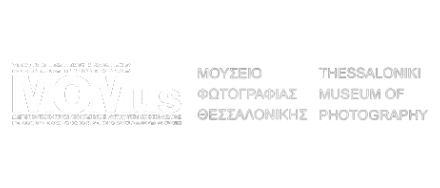Photographic depiction of Afghanistan under the Taliban regime from 1996 until 2001 by Dimitris Messinis constitutes an autopsy based on three interconnected aspects of reality at that time: the field of battle with Taliban fighters as the main focus, the public institutions –Foreign Ministry, Ministry of Education, Kabul Hospital- and the scenes on the street, and the civilians’ everyday life and routine.
A chaotically contrasted triptych, absurd in the combination of its components, full of contradictions, focused on public and private life, on the suzerain’s and the victim’s roles, where the one tragically disproves the other, even though they are both rigidly realistic. Photographic shots, permitted and prohibited ones. Shots tolerated when they don’t cross the subjective boundary of the photographed person and permission authorizer, who is always a momentary mouthpiece of the Taliban’s power. At the same time, prohibited photographic shots, often “stolen” in a regime that prohibits public photoshoots. The first ones demonstrate imposition, power, bravery, combativeness, the sharia, the emphasis on the fighter’s masculine role. Antitank rockets, tanks, RPGs, anti-aircraft machine guns, howitzers, artilleries march sarcastically in front of our eyes. The second ones reveal poverty, destitution, beggary, pain, depersonalization, submission. Inbetween, the street life is photographed, throwing light on the absurd. Unarmed refugees, faceless women, tragic beggary figures, children on hold, the Bridge of Peace shut down at the threat of Taliban’s military advance.
As in September of 1999, the Council of the European Union announced an Action Programme for Afghanistan with its main concerns being health, human rights, migration, the imposition of theocracy, the tangible recording of reality through Dimitris Messinis’ photographic archive constitutes a discernible testimony of the bad conditions that civilians endured.
The Mogul Emperor Babur’s Mausoleum, the 2000-meters height of Himalaya, the tanks, the farmer’s market, the destroyed buildings of Kabul from the times of Soviet occupation, the sand storms, the poor makeshift means of civilian transportation, the lines of the Northern Forefront constitute the Dimitris Messinis’ photo-journalistic document’s background, from November 1996 to November 2001, during the 1st Islamic Emirate of Afghanistan. An authentic, vital, illustrated testimony about the regime.

